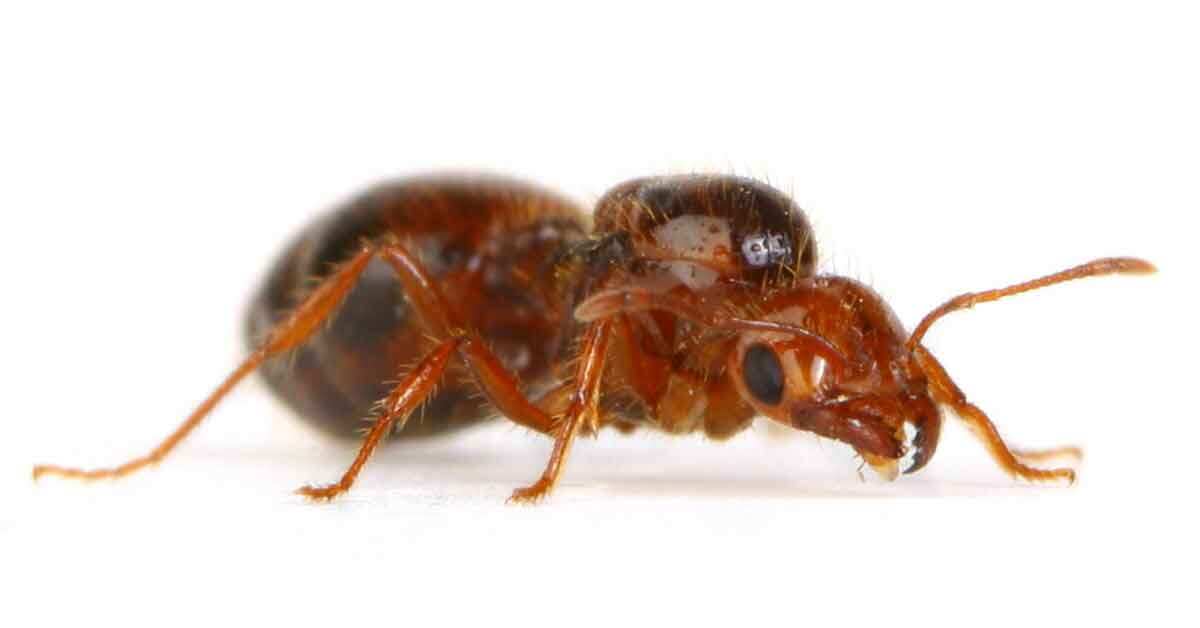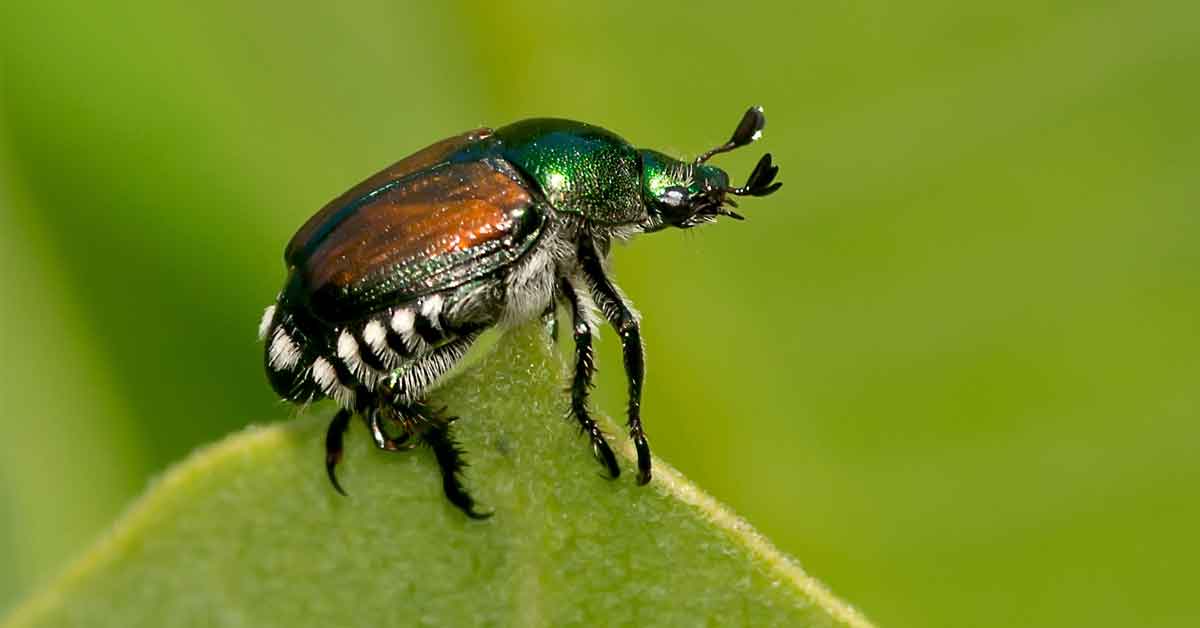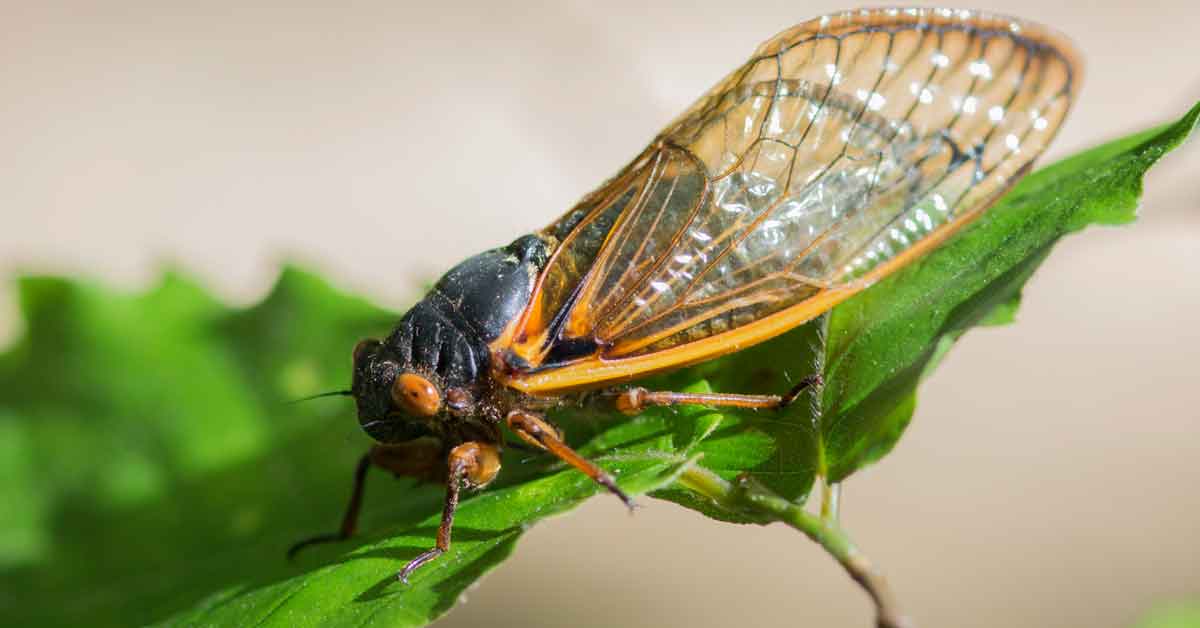Long-Lasting Fire Ant Control with the Two-Step Method
Nothing can ruin a spring garden party or a summer barbecue quite like fire ants. They're quick, territorial and they bite. Stand near a fire ant mound, or linger in the path of foraging worker ants, and you will feel their tiny but terrifying wrath. Fire ant bites hurt—like fire—and leave behind a red welt that can cause pain and itching for days.
Awareness Is Half the Battle
Though there are native species of fire ants, the invasive, aggressive types you might have encountered are most likely imported fire ants. These creatures are reddish to black in color and hail from South America, but they've spread across the United States, through Alabama, Arkansas, California, Florida, Georgia, Louisiana, Missouri, Mississippi, New Mexico, North Carolina, Oklahoma, South Carolina, Tennessee, Texas and Virginia.1
If you live in one of those states, or even in Puerto Rico, you start seeing fire ants as weather warms up. In the South, that might be as early as February, but certainly by March. Very limited pockets in the Midwest and West have fire ants; activity begins first in the southern portions of those active areas, in April to May, and spreads north as the weather warms.
In the Northeast region, fire ants aren't a problem. The only exception is in some parts of Maryland2, where the biting pests start getting busy in April and May.3
What You Don't Want to Find
If you see one fire ant, that doesn't necessarily mean thousands more are present in your yard. Foraging ants can wander some distance from their home mounds. In the early summer, young queens will travel far and wide looking for a place to nest.
To identify fire ant infestation, look for multiple ants: several foragers in the same area or a line of ants marching along. Look also for mounds — piles of freshly-turned, fluffy dirt without an opening at the top. Fire ants can also be brought into your yard in potted plants or landscape products, such as mulch or compost.
Guard Your Yard In Two Simple Steps
The best method of fire ant prevention and control is two-fold.4 First, you'll want to use to treat your full yard with a broadcast treatment using fast-acting Over'n Out!® Advanced Fire Ant Killer.
Apply the granules to your entire yard in early spring for six months of protection. Follow the label directions carefully; over-applying won't make the insecticide more effective.


Then keep Over'n Out! Advanced Fire Ant Killer on hand to treat any individual mounds that arise. This fast-acting formula kills the mound in 15 minutes. Use this solution to take out mounds that are visible when you broadcast and in areas that might be susceptible to future ant invasion. The individual mound treatment, like the broadcast granules, will kill both the mound and the queen.
Be Vigilant to Be Victorious
Fire ants migrate. Plus, heavy spring rains can send an entire colony floating to a new location.5 When they hit dry land, they'll establish their new home. So always be on the lookout.
Make fire-ant patrol a regular part of your lawn-care routine. Watch for them while mowing and trimming, or do a weekly walk-around to examine your yard. Treat any new mounds you find immediately to remain victorious over these stinging foes.
Battling fire ants is easy when you're armed with knowledge and the right products. Once you protect your yard, family and pets, you can enjoy the fire ant-free haven you've created.

Over'n Out! is a registered trademark of TechPac, LLC.
- eXtension, Geographic Distribution of Fire Ants, Feb. 25, 2015.
- Purdue University, Map Survey Status of Red Imported Fire Ants, 2014.
- NOAA Satellite and Information Service, National Climatic Data Center, U.S. Department of Commerce, U.S. Climate Normals, Freeze/Frost Data by State.
- Timothy S. Davis, Clemson University, Fire Ant Management In The Home Lawn, June 2011.
- David L. Hu, Nathan J. Mlot, and Craig A. Tovey, Fire ants self-assemble into waterproof rafts to survive floods, March 31, 2011.
Get Monthly Gardening Advice!





